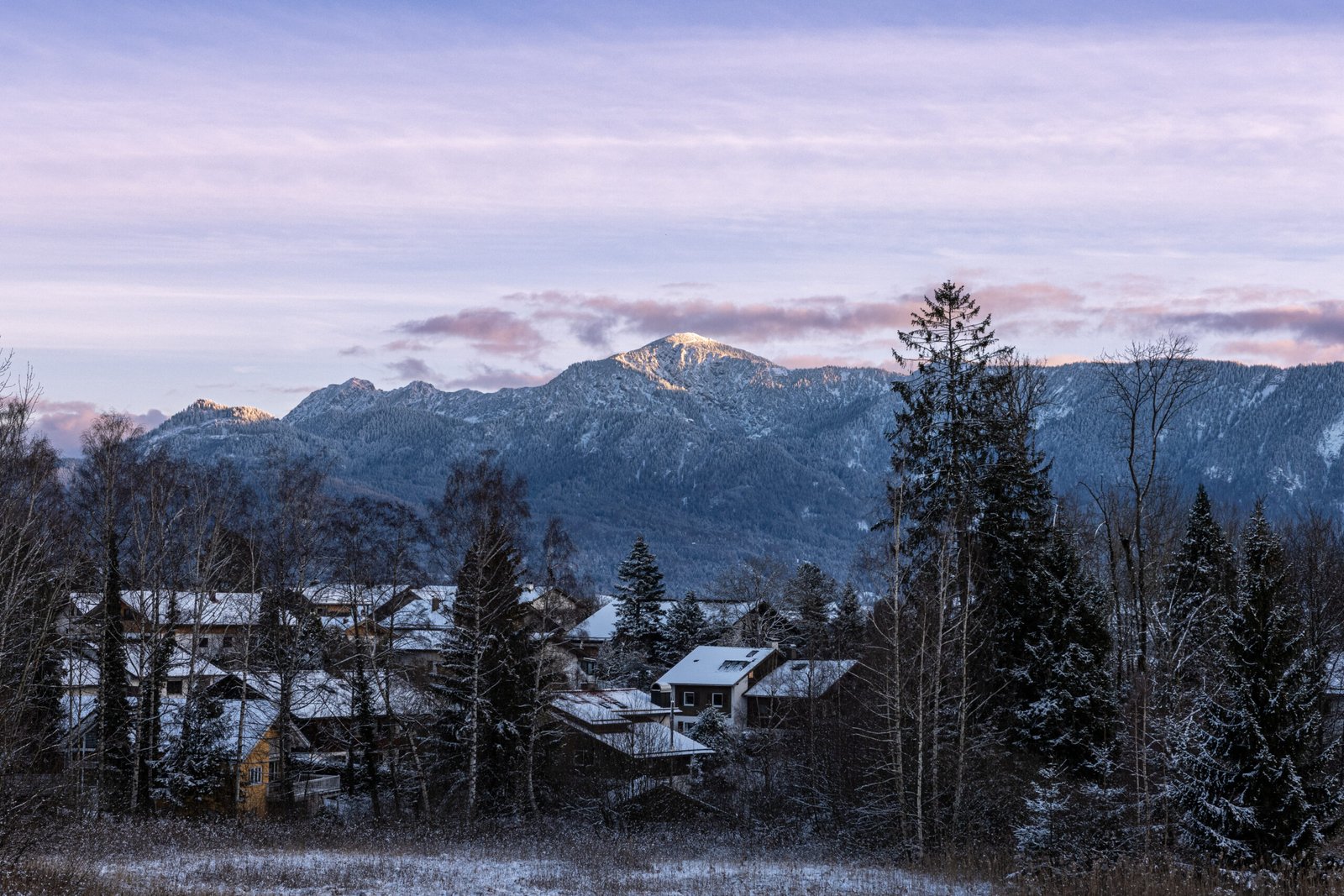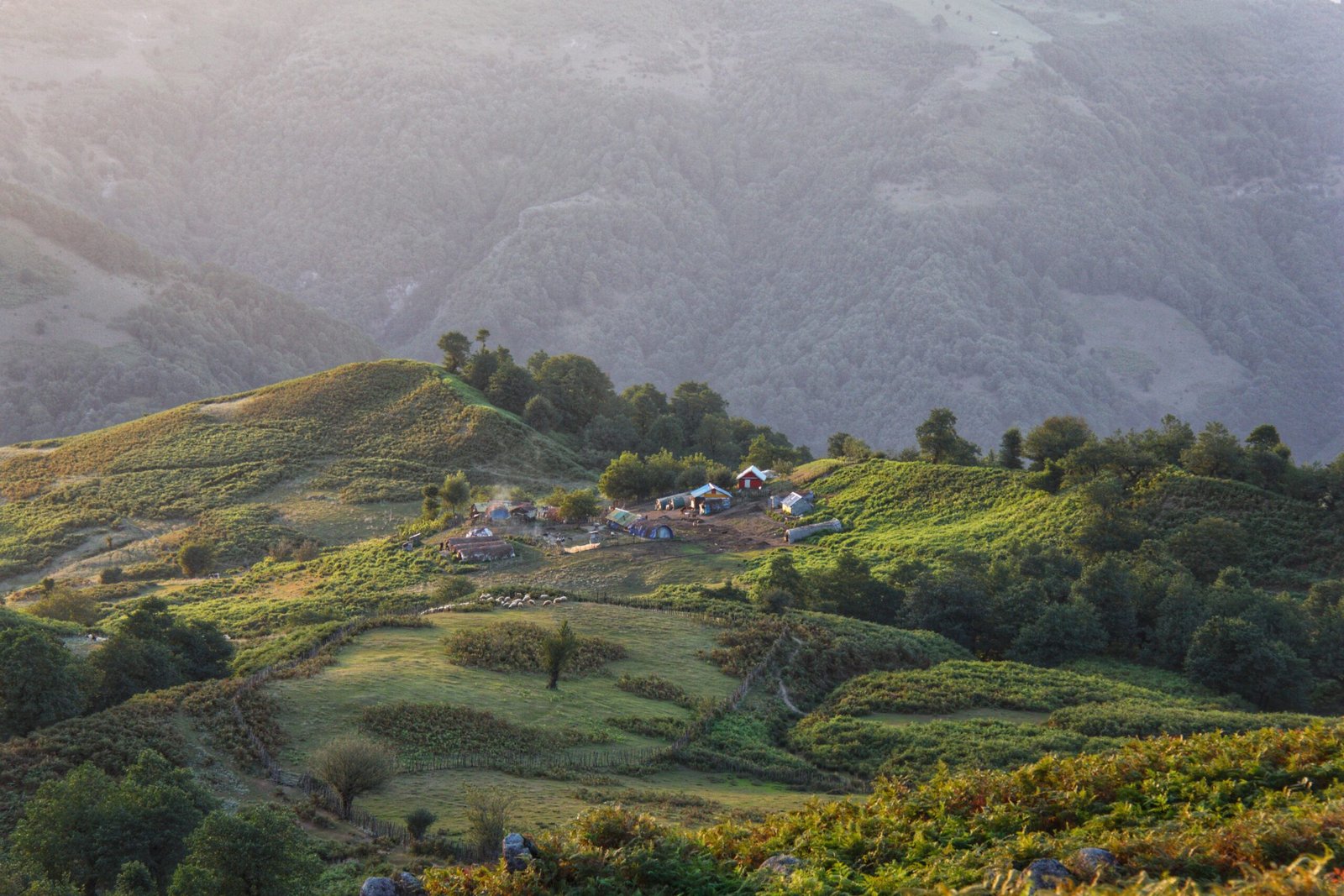
Nunapitchuk, Alaska
Nunapitchuk, Alaska is one of those hidden gems that may not be on everyone’s radar, but is certainly worth exploring. Nestled in the southwestern region of the state, Nunapitchuk offers a unique blend of rich cultural heritage, breathtaking natural beauty, and a tight-knit community that will make you feel right at home. From its vibrant fishing industry to its close proximity to the iconic Kuskokwim River, this small city has a lot to offer. Whether you’re looking to immerse yourself in Alaskan history or simply soak in the stunning scenery, Nunapitchuk should definitely be on your travel list.

Geography
Location
Nunapitchuk is a small city located in the Yukon-Kuskokwim Delta region of Alaska. It is situated on the banks of the Kuskokwim River, about 30 miles northwest of Bethel. This remote community is surrounded by breathtaking natural beauty, with vast stretches of tundra and snow-capped mountains in the distance.
Climate
Nunapitchuk experiences a subarctic climate characterized by long, cold winters and short, cool summers. Temperatures can drop significantly during winter months, often reaching well below freezing. The summers are relatively mild, with temperatures ranging from the 50s to the low 70s Fahrenheit. The region also receives a generous amount of snowfall, making it perfect for winter activities such as skiing and dog sledding.
Landmarks
While Nunapitchuk may not have towering skyscrapers or iconic landmarks, the natural landscape serves as a captivating backdrop for the city. The Kuskokwim River, with its crystal-clear waters, is undoubtedly one of the most prominent features. This river provides not only breathtaking views but also serves as an important transportation route for the community. The nearby mountains and sprawling tundra offer opportunities for hiking, camping, and wildlife viewing, allowing residents and visitors to immerse themselves in the unspoiled beauty of the Alaskan wilderness.
Demographics
Population
Nunapitchuk is a relatively small community with a population of approximately 500 residents. The size of the population allows for a close-knit community where neighbors know each other by name. The small population also means that resources and services are shared, fostering a strong sense of unity and cooperation among the residents.
Ethnicity
The majority of Nunapitchuk’s population is primarily of Yup’ik Eskimo descent. Yup’ik culture is deeply rooted in the community, and residents take pride in preserving their heritage and traditions. The cultural significance of the Yup’ik people can be seen in various aspects of daily life, from traditional clothing to the practice of subsistence activities.
Languages
The predominant language spoken in Nunapitchuk is Yup’ik, which is an Eskimo-Aleut language. English is also widely spoken, particularly in educational and official settings. The preservation of the Yup’ik language is considered crucial, and efforts are made to ensure that future generations continue to fluently speak and understand their ancestral language.
History
Early Settlement
Nunapitchuk has a rich history dating back thousands of years when the Yup’ik people first settled in the area. The community was established as a seasonal fish camp, taking advantage of the abundant fish population in the Kuskokwim River. The early settlers relied on hunting, fishing, and gathering to sustain themselves and create a thriving community in harmony with nature.
Russian Influence
During the 19th century, Russian explorers and traders began to make their way into the region, bringing with them new technologies and introducing elements of Western culture. This period of Russian influence had a significant impact on Nunapitchuk and the surrounding communities, shaping the way of life and influencing practices such as fur trading and the use of firearms.
American Influence
In 1867, Alaska was purchased by the United States from the Russian Empire. This marked a new era for Nunapitchuk, bringing American influences and establishing a stronger connection to the rest of the country. The introduction of modern amenities and infrastructure, such as schools and healthcare facilities, improved the quality of life for residents and paved the way for further development of the community.
Modern Era
In the modern era, Nunapitchuk continues to adapt to the changing world while honoring its cultural heritage. The community has embraced modern technology and infrastructure, allowing for improved communication and access to services. Despite these advancements, Nunapitchuk remains committed to preserving its traditions and ensuring that Yup’ik culture thrives for generations to come.
Economy
Traditional Subsistence Activities
Traditional subsistence activities, such as hunting, fishing, and gathering, still play a fundamental role in Nunapitchuk’s economy and way of life. The bountiful rivers and surrounding wilderness provide opportunities for residents to harvest a variety of fish, game, and plant resources. These subsistence practices not only sustain the community’s food supply but also remain an essential aspect of their cultural identity.
Commercial Fishing
Commercial fishing also contributes significantly to Nunapitchuk’s economy. The Kuskokwim River supports a thriving salmon population, attracting commercial fishers from the community and beyond. The seasonal fishing industry provides employment opportunities and an important source of income for many residents.
Tourism
While Nunapitchuk may not be a bustling tourist destination, its natural beauty and cultural significance attract visitors seeking an immersive Alaskan experience. Tourists have the chance to engage in activities such as fishing, hiking, and wildlife viewing while also learning about Yup’ik culture through cultural exchanges and guided tours. The tourism industry provides opportunities for local residents to showcase their traditions and generate additional income for the community.
Other Industries
In addition to subsistence activities, commercial fishing, and tourism, Nunapitchuk is also diversifying its economy by exploring other industries. This includes initiatives in sustainable energy, such as solar and wind power, to reduce reliance on fossil fuels and promote environmental stewardship. Moreover, the community is exploring economic opportunities in areas like arts and crafts, handmade traditional clothing, and small-scale farming to create additional sources of income and foster economic resilience.

Education
Schools
Nunapitchuk is home to several educational institutions that provide quality education to the community’s youth. These schools focus on creating a supportive and culturally aware learning environment. The schools offer a comprehensive curriculum that combines traditional knowledge with contemporary educational practices, ensuring students receive a well-rounded education.
Educational Programs
To preserve and celebrate the Yup’ik culture, Nunapitchuk’s educational programs place significant emphasis on teaching the Yup’ik language and cultural traditions. Students have the opportunity to participate in cultural activities, such as traditional dance and art, which not only fosters pride in their heritage but also strengthens their sense of identity and belonging.
Transportation
Air Travel
Air travel serves as a vital means of transportation for residents of Nunapitchuk, connecting them to the outside world and providing access to essential services. The community is served by a local airport, enabling residents to travel to other cities in Alaska and beyond. Scheduled flights and air cargo services play a critical role in supplying goods and resources to the community.
Waterways
The Kuskokwim River serves as a significant transportation route, allowing for the movement of people and goods between Nunapitchuk and other nearby communities. During the warmer months, boats and barges navigate the river, enabling residents to transport supplies, engage in subsistence activities, and connect with neighboring communities.
Roads
Nunapitchuk has a limited road network within the community, primarily used for local transportation purposes. The road system connects various parts of the city, allowing residents to access essential services, schools, and recreational areas. However, due to the region’s remote location and challenging terrain, road infrastructure is still developing and transportation primarily relies on air and water travel.

Healthcare
Medical Facilities
Nunapitchuk is home to a medical clinic that provides essential healthcare services to the community. The clinic offers a range of healthcare services, including preventive care, routine check-ups, and treatment for common illnesses and injuries. The clinic plays a crucial role in ensuring the well-being of residents, especially in emergency situations when immediate medical attention is necessary.
Public Health Initiatives
Given the remote location and unique challenges faced by Nunapitchuk, public health initiatives play a vital role in promoting wellness and disease prevention. The community collaborates with healthcare professionals to address the specific health concerns of the residents. Initiatives focus on education, access to vaccinations, sanitation, and the promotion of healthy lifestyles to ensure the overall health and well-being of the community.
Culture
Traditional Customs
Nunapitchuk takes great pride in its Yup’ik heritage, and traditional customs are an integral part of daily life. From traditional dress to respect for elders, the community values and honors its cultural customs. Traditional practices, such as storytelling, dancing, and subsistence activities, are passed down through generations, ensuring that the rich cultural heritage remains vibrant and celebrated.
Art and Crafts
The artistic expression of the Yup’ik people is showcased through their intricate art and crafts. Skilled artisans create beautiful carvings, traditional masks, baskets, and beadwork, all of which embody the cultural identity and stories of the indigenous people. These art forms are not only visually captivating but also serve as a source of cultural preservation and economic opportunity, with local artisans selling their works both locally and internationally.
Music and Dance
Music and dance hold a special place in Yup’ik culture, and Nunapitchuk is no exception. Traditional songs and dances, accompanied by drums and chanting, are performed during special occasions and celebrations. These performances foster a sense of community and provide a platform for the preservation and expression of cultural traditions. Visitors to Nunapitchuk can witness these captivating performances and gain a deeper understanding of Yup’ik culture.
Festivals and Celebrations
Nunapitchuk celebrates various festivals and events throughout the year, serving not only as occasions for joy and celebration but also as opportunities to showcase their cultural heritage. The Annual Yup’ik Eskimo Dance Festival brings together communities from across the region, with dancers and performers displaying their talent and pride in their cultural roots. Other celebrations, such as the Midsummer Festival, focus on traditional games, storytelling, and the sharing of traditional foods, reinforcing community bonds and fostering a sense of unity.
Community Services
Community Center
Nunapitchuk is home to a community center that serves as a hub for social gatherings and various activities. The center provides a space for community events, meetings, and educational programs. It acts as a gathering place for residents to connect and engage in cultural, recreational, and educational activities that strengthen community ties.
Library
The community of Nunapitchuk values the importance of education and access to knowledge. The local library provides a range of resources, including books, computers, and internet access, ensuring residents have access to information and learning opportunities. The library plays a crucial role in promoting literacy, supporting educational programs, and fostering a love for reading among residents of all ages.
Police and Fire Services
Nunapitchuk has dedicated police and fire services that ensure the safety and well-being of the community. The police department works closely with residents to maintain law and order, provide assistance in emergency situations, and promote community safety. The fire department is responsible for fire prevention and response, protecting lives and property from potential fire hazards.
Postal Service
The postal service in Nunapitchuk plays an essential role in connecting the community with the outside world. Residents can send and receive mail, packages, and essential supplies through the local post office. This service provides a lifeline for residents to stay connected to loved ones, receive important documents, and access goods that may not be readily available locally.
Utilities
Essential utilities, such as electricity, water, and sewage, are provided to Nunapitchuk residents. The local utility companies work diligently to ensure reliable and affordable access to these services. The provision of utilities is vital for daily life, supporting residential, commercial, and community needs while enhancing the overall quality of life for residents.
Notable Residents
Famous Personalities
While Nunapitchuk may be a small community, it has nurtured talented individuals who have made their mark on the world stage. Notable residents from Nunapitchuk include accomplished artists, musicians, storytellers, and athletes who have garnered recognition for their exceptional skills and contributions to their respective fields. These individuals serve as inspirations for the community and remind residents of the possibilities that lie within their own aspirations.
Local Heroes
Beyond the realm of fame, Nunapitchuk is also home to everyday heroes who go above and beyond to serve and uplift their community. These local heroes may include teachers, healthcare workers, community leaders, and volunteers who selflessly dedicate their time and efforts to improving the lives of those around them. Their contributions, often unrecognized but deeply appreciated, are the backbone of the community’s spirit and resilience.
